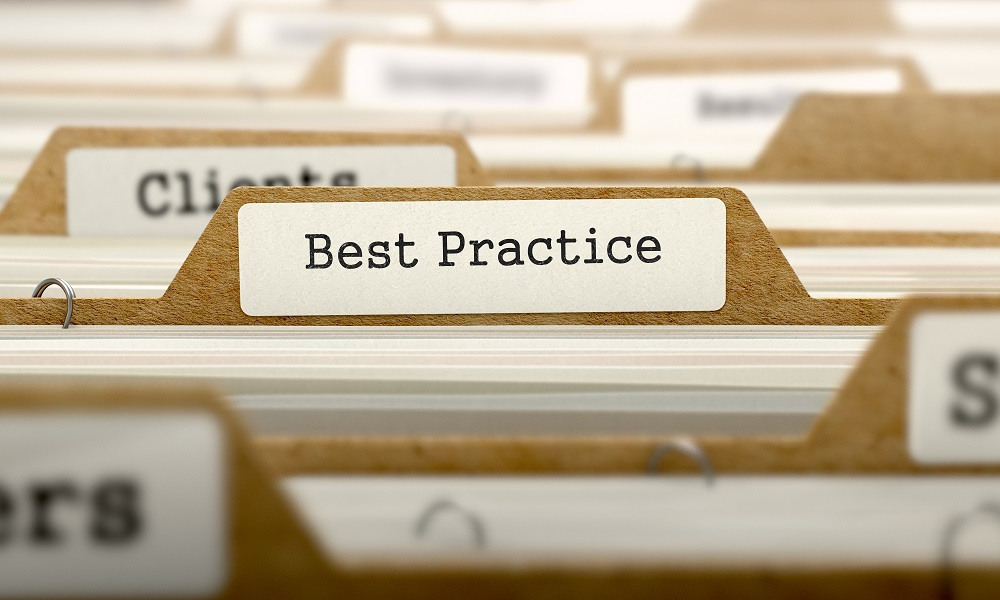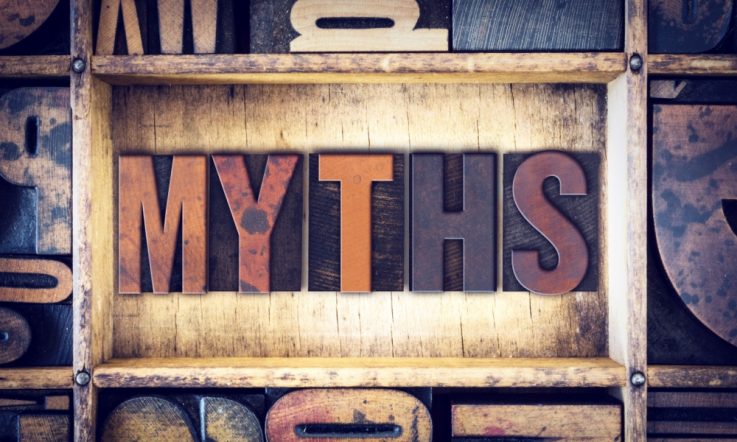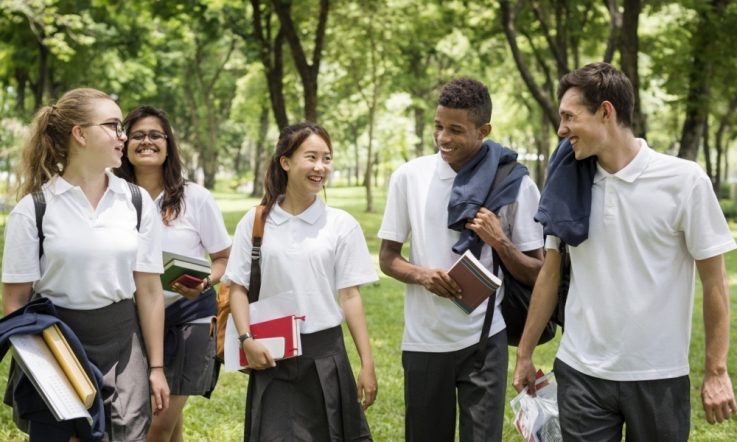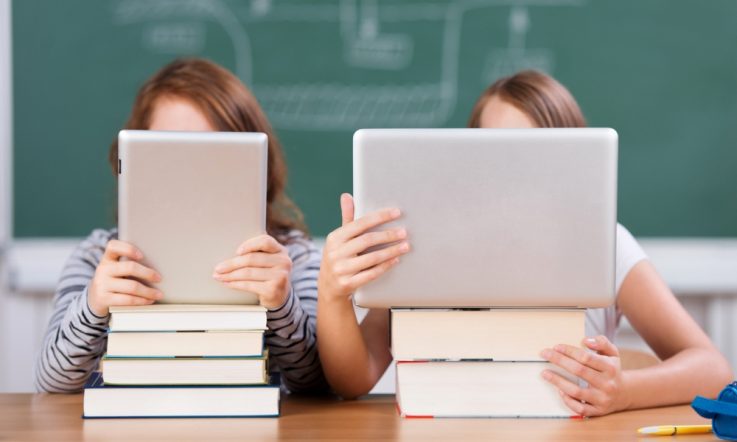Indigenous students face tough challenges in most education systems, but they do so much better in some schools than in others and in some education systems more than in others. So it is worth studying this in more detail, which we at the OECD have just done, analysing education outcomes of Indigenous students in Canada, New Zealand and Queensland, Australia.
What struck us most is that pockets of excellence and promising practices rarely translate across schools and even less across education systems. It seems that individual schools and education systems seldom learn from each other on what it takes to improve education for Indigenous students.
Australia achieves relatively strong education results at an aggregate level, yet many Aboriginal and Torres Strait Islander students experience poor educational outcomes. And the picture is similar in other countries. And despite clear government intent in most of these countries to improve, gaps in education outcomes between Indigenous and non-Indigenous students remain significant and stubborn.
Promising policies and practices
We found many examples of promising policies and practices at a system-level and at school and community levels. We also found examples where the gap between Indigenous and non-Indigenous students is on track to close or has been closed. We learnt how such improvements have been achieved, and what has helped and what has hindered improvements.
We also learnt about the perspectives of Indigenous students and their parents, as well as teachers and school principals. Indigenous students told us how much difference teachers can make in their lives and their engagement in education. Students said they feel supported when their teachers:
- care about them and who they are as Indigenous people;
- expect them to succeed in education; and,
- help them to learn about their cultures, histories and language/s. While teachers may not be experts in these areas, some still help their students to access Indigenous elders or other resources that they can learn from.
Of course, it always depends on how you define success. The Indigenous leaders and parents we met in the course of our work want their children to be strong in their Indigenous culture and identity, to achieve academically and to be well-prepared as global citizens for a changing and increasingly interconnected world.
The wellbeing of students is the most critical student outcome of all. Student wellbeing goes far beyond education, but it is influenced by the school environment, such as whether students feel safe and included in school life. Student wellbeing provides a foundation for participation and engagement in education, which supports student achievement.
The issues affecting Indigenous students are complex, deep and longstanding. However, the fact that education outcomes vary so much amongst Indigenous students, and the many successful examples, show that these issues are not intractable. So, while the effects of intergenerational poverty and trauma are real and take an immense toll on students and their families, they do not necessarily prevent Indigenous students from succeeding in education. And it is education that provides hope and promise to address disparities, not only in educational opportunities but also across a wider set of inequities.
In addition, it is clear that teaching practices that work for Indigenous students also benefit non-Indigenous students. So there is no trade-off to be made. In fact, non-Indigenous students are equally engaged and appreciative of, for example, learning about the culture and history of the Indigenous people of their local area.
Actions leading to sustained improvements
Improvements for Indigenous students have been achieved through focusing on several or all of the following six areas.
School leadership: School principals can make all the difference – or not. In schools where Indigenous students are achieving well, there is generally a highly effective and committed school principal who has done ‘whatever it takes' to ensure Indigenous students are at school, engaged in learning and making sound progress. Approaches in such schools tend towards a ‘whole-of-child' perspective, that puts students' overall wellbeing as the key priority. Effective principals also set high expectations for teachers and take responsibility for monitoring Indigenous students' academic progress, to ensure expectations of progress are being met and that any needed interventions are put in place in a timely manner.
We asked a principal of an outstanding school in New Brunswick, Canada, what advice he would give to other principals to bring about improvements for Indigenous students. He replied that it is simple: ‘It's our responsibility to find the resources we need … these are children, who want to learn.'
This principal has worked for 10 years alongside the local Indigenous community, with teachers and with the local education ministry to put in place effective supports for Indigenous students at his school. And the results are overwhelmingly positive, from student wellbeing, participation and engagement, to students' academic results.
Support for teachers: It may not be realistic for every teacher to meet Indigenous students' needs relating to language, culture and identity, but there is much that can be done to help teachers to feel confident and competent in establishing positive relationships with their Indigenous students. Teachers who think of themselves as cultural beings will open the door to thinking about their students as having their own culture, which in turn can profoundly influence their thoughts and behaviour. And teachers will also need cultural content knowledge about Indigenous students.
Teachers are sometimes not aware of the assumptions they are making about their students, especially if there are cultural or linguistic differences between themselves and their students. However, such assumptions can change when teachers become aware of their preconceptions, including the impact these have on their students.
Teaching can also be enhanced through the deliberate selection of learning activities, curriculum content and assessment mechanisms. These can be used in many ways to make learning more relevant and engaging for Indigenous students, such as the use of the history and geography of the school community.
Some people argue that Indigenous students will achieve better learning outcomes when they are taught by an Indigenous teacher. This may be so and I would certainly advocate for diversity in the teaching workforce, to better reflect the heterogeneity of student populations, but it is unrealistic to rely on this as a sole strategy. Such workforce initiatives take time to be realised and meanwhile, there are Indigenous students in schools who need their teachers to be well-prepared and able to meet their learning needs.
Early learning: Providing high quality, early childhood education and care (ECEC) for Indigenous children sets them on an early pathway for success. High quality ECEC is culturally responsive to the needs of Indigenous children and their families, supports Indigenous children to be confident and curious, and builds both social and emotional skills and early cognitive skills. It also means working in partnership with Indigenous parents to better meet their children's needs. Such ECEC is best provided in Indigenous communities, where Indigenous children live, and should be both accessible and affordable for their parents.
Extra support for students: There are many ways to provide extra support to individual students. A model that works well for schools with a number of Indigenous students is through employing Indigenous Support Workers. Such staff can address barriers faced by Indigenous students and identify opportunities to enhance their engagement and success in education. More specifically, such staff can contribute to ensuring regular attendance of Indigenous students at school, supporting teachers in building sound relationships with Indigenous students and their parents, initiating new curriculum resources, and leading professional development for teachers and whole-of-school activities to grow the cultural competence of staff and students together.
Other models include providing tailored tuition to Indigenous students, additional to regular classroom activities. This can focus on areas of need, such as language development, or on areas of particular interest to Indigenous students, including cultural and sporting activities.
Engaging families: Where respect, trust and positive relationships have not always been part of historic or recent experiences between Indigenous communities and schools, Indigenous families are likely to be wary of engaging with school staff. However, where bridges are built and mutually respectful relationships are formed, the benefits for students can be significant. Schools that work alongside parents as partners can achieve gains for students in many areas.
There are a number of successful models where schools have effectively engaged Indigenous families in their children's education. The most effective are those that link teachers with parents on education goals for their children and where parents are supported to play a very active role in their children's engagement and learning at school.
Monitoring and reporting: Monitoring progress and having the data to do this helps education leaders and stakeholders to see whether the package of initiatives in place has sufficient breadth and reach to shift overall student outcomes. Without evidence to monitor progress, it is easy to become convinced that progress is being achieved, especially if the new initiatives have wide support. Such data also helps to build capability at both system and school levels, in the expectations for success and the skills required to affect change. Such information can also build demand amongst parents and students, in terms of their expectations, voice and influence.
How sustained improvements have been achieved
We have seen five common elements in how sustained improvements in outcomes for Indigenous students have been achieved in education:
- Building respectful and trusting relationships with Indigenous communities;
- Setting out a deliberate and specific intent to improve;
- Taking action on several fronts, at system and local levels;
- Positively affecting sufficient numbers of individual Indigenous students; and,
- Continuing to apply effort over a sustained period of time.
Relationships: A starting point for success lies in establishing respectful and trusting relationships with Indigenous leaders and communities, both at a system governance level and at an individual school level. Schools that achieve sustained improvements for Indigenous students recognise the key role of Indigenous parents, leaders and other community members and actively build relationships with these important people in their students' lives. In some cases, formal agreements are reached between education leaders and Indigenous leaders, such as Education Enhancement Agreements in Canada. These set out common objectives and commitments, such as the expected provision of education for Indigenous students. These agreements have been a basis for increasing student enrolments in education and in increasing attendance rates, where both the Indigenous community and the school take actions to achieve improvements and monitor their joint impact over time.
Deliberate and specific intent: A common way to motivate and instigate action is to set targets for the level of improvements to be achieved within a given timeframe. Targets alone are not sufficient to achieve progress, but they help jurisdictions to address the question of ‘what will it take?' to achieve the objectives they set and to monitor progress over time. Without such targets, it is easier to focus only on the actions being taken, rather than on the impact of those actions.
The Australian Government's Closing the Gap framework is an excellent example of specific, time-bound targets to reduce disparities. And, while progress against the Closing the Gap targets is disappointing, at least the need to do more and better is not in question.
Action on several fronts: Addressing deep, intergenerational and systemic issues takes more than one or two initiatives or policy changes. In schools that have achieved significant improvements, a number of strategies and actions have been implemented, rather than a single or small number of responses. This is also the case for system-level improvements, such as on participation rates and qualification attainments. System change requires multiple actions on as many fronts as possible.
And, while system-level actions are necessary, they are seldom sufficient to change the educational experiences and outcomes of individual students. System-level efforts can initiate and enable change at the local level, but it is the quality, breadth and depth of the local provision that determine whether there is an impact on students.
Affecting sufficient numbers of Indigenous students: The effort made needs to be commensurate with the improvement goal and the size of the target population. Thus, a highly effective approach that only affects 10 per cent of Indigenous students will not bring about a system-level shift. However, 10 tailored initiatives that each affects a different 10 per cent of Indigenous students may have a system-level effect.
To change the experiences of individual students, it is necessary to work directly with each student and their family or community. Individual needs are diverse and change over time, so continuous tracking is essential, especially for students at risk of disengaging. In this way, schools and education advisors develop a better understanding of the barriers and risks that students face, barriers that may not be apparent with such individualised data. Such monitoring and individual case management was clearly part of the reason for Queensland's success in lifting Year 12 Certification rates. The proportion of Indigenous students in state schools gaining Year 12 Certification increased from 42.1 per cent in 2008 to 97 per cent in 2016. In the same time period, the rate also improved for non-Indigenous students, from 71.3 per cent to 97.8 per cent.
Applying effort over a sustained period: Education systems that have not been designed to recognise and respond to the needs and contexts of Indigenous students will take time to adjust. Schools and jurisdictions that have achieved sustained improvements for Indigenous students have pursued consistent objectives for at least a 10 year period. The strategies used to achieve the objectives have sometimes been refined or changed over this period, but the basic objectives have been retained. However, three to five years is a reasonable timeframe in which improvements should be visible. If improvements are not seen in this period, it is likely that the strategies used are not sufficiently targeted to changes in practice, are not comprehensive, or are not adequately resourced to make a difference to students' actual experiences.
How can this help Australia?
The 10th anniversary of Closing the Gap will occur in 2018. The nine years to date has shown pockets of promise and improvements, including some shifts at a system level in education. However, it may be timely for Australian states and territories to consider a more systemic approach to working together to accelerate change. Through sharing successes, setbacks and insights, and opening themselves to challenge, Australian states and territories would have a better chance of making greater progress, for the benefit of Aboriginal and Torres Strait Islander peoples.
References
Commonwealth of Australia, Department of Prime Minister and Cabinet (2017). Closing the Gap Prime Minister's Report 2017.
OECD (2017). Promising Practices in Supporting Success for Indigenous Students, OECD Publishing, Paris. http://dx.doi.org/10.1787/9789264279421-en
‘Building respectful and trusting relationships with Indigenous communities’ is one of five common elements identified for achieving sustained improvements in Indigenous student outcomes.
How are you building positive relationships with Indigenous parents, families, leaders and other community members? Do they have an active voice in your school community?



